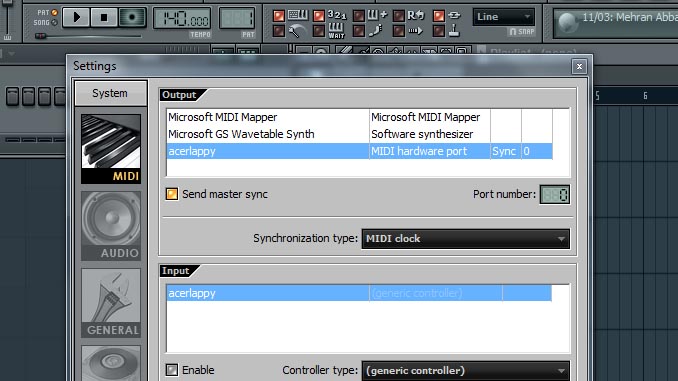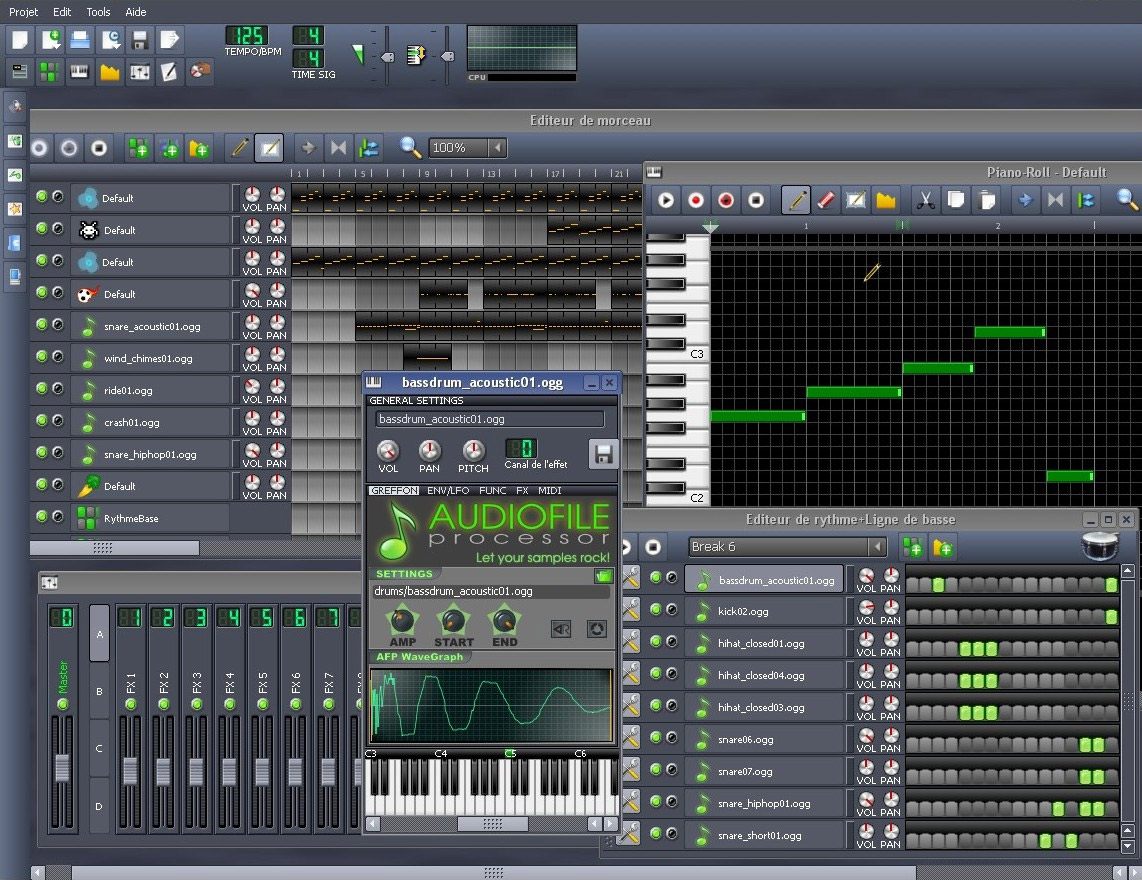

You also get the touch bar, which is a small touch screen on top of the keyboard. Some other noteworthy features of MacBook Pro are its speakers, trackpad and backlit keyboard.

We think that this is a must have if you want a complete audio production system with the MacBook. A simple solution to this is buying a port docking system which will not only give you additional USB-C ports, but also access to USB-A and Ethernet. This can be a major problem if you have an external monitor and SSD connected because then you won’t have any other ports to connect other devices such as an audio interface. For instance, the MacBook Pro lineup has only had 1 headphone jack and 2 Thunderbolt USB-C ports. Unfortunately, most MacBooks launched in the last decade have a lackluster port selection. We found it an absolute joy to use and it sure did enhance our production experience. While a good display is not a requirement for running FL studio or audio production in general, it is nice to have since you interact with the screen the most.

You also get a best-in-class 13.3-inch Retina display with 500 nits of brightness and it gets plenty bright! It covers the P3 color gamut which has 25 percent more colors than the sRGB, so you are getting a highly color accurate display. We would highly recommend getting an external hard drive or an SSD if you don’t have one already.

While the RAM will be more than enough, you may run out of storage space over time with raw audio files. The MacBook Pro comes with 16 GB of DDR4 RAM and 256 GB of SSD storage. Even when compared to bigger laptops with supposedly “better” cooling solutions, we noticed the M1 MacBook Pro to remain cooler, quieter and thus perform at its maximum capacity for longer. We couldn’t say the same for its Intel counterparts. Even when putting the machine under high load, the M1 was not only quieter, but there was no thermal throttling at all. This machine is really quiet! We did not hear the fan even once and that is because Apple has included a feature where the fans don’t turn on if the CPU remains under the 50 degrees Celsius threshold. We noticed better thermal performance right away. In our tests, we would estimate it to be approximately 50 to 60 percent faster than last year’s Intel MacBook Pro and this is noticeable right away in an actual work scenario such as when you’re rendering a track in FL Studio. The M1 is an 8-core CPU, with an 8-core GPU and a 16-core neural engine. What truly sets the new 13-inch MacBook Pro apart from its predecessors is the M1 chip, which is Apple’s own Silicon CPU. The latest model, equipped with the M1 chip, has been especially well received by all kinds of audiences. The MacBook Pro is a popular choice for music producers.


 0 kommentar(er)
0 kommentar(er)
